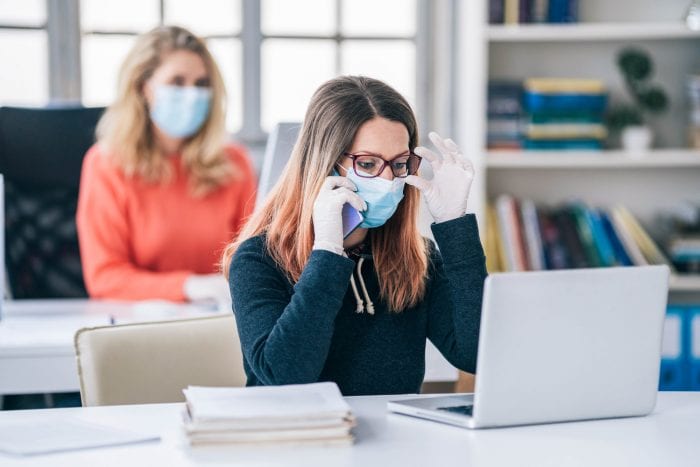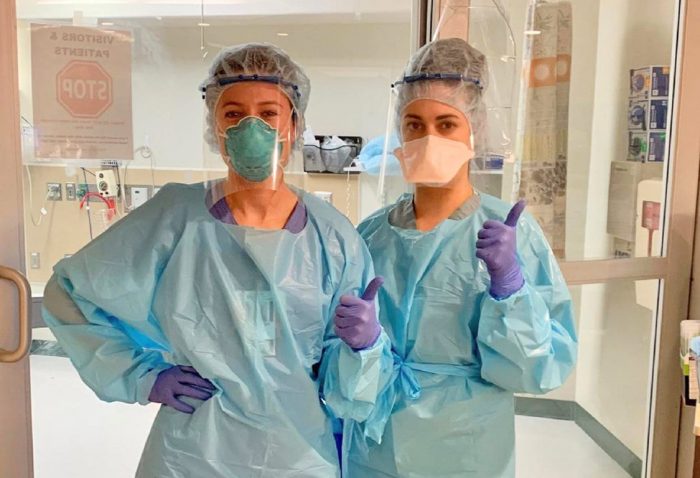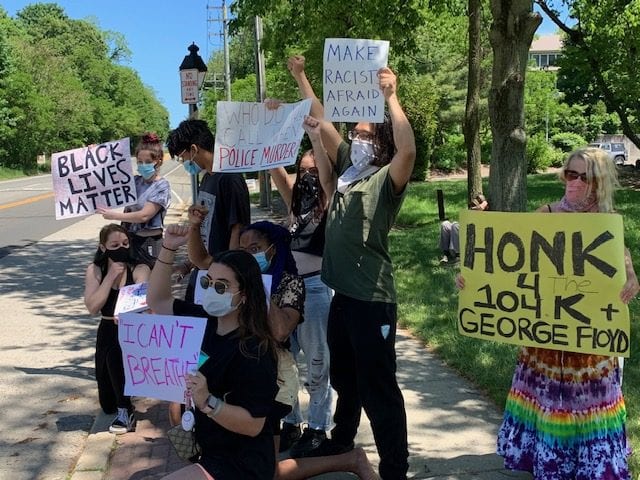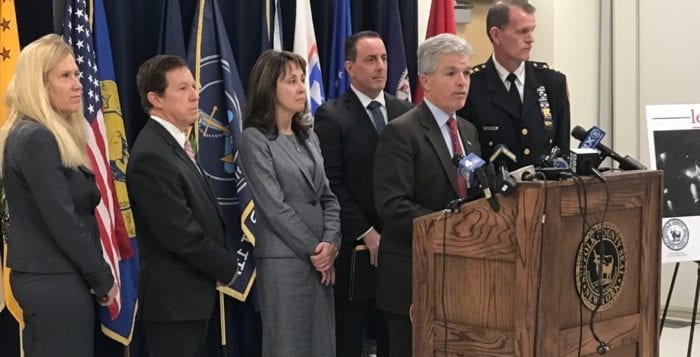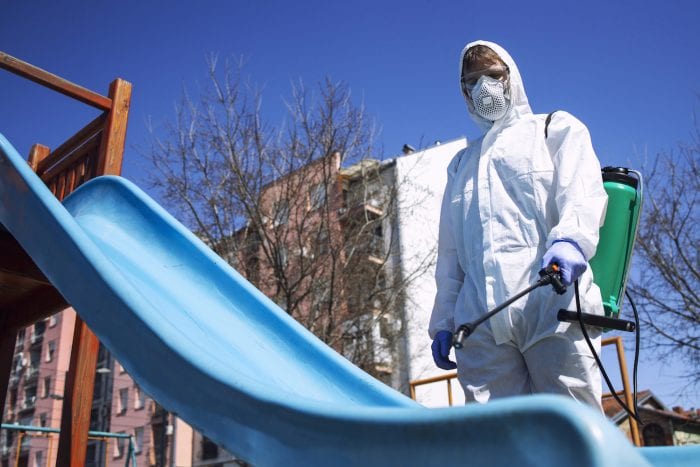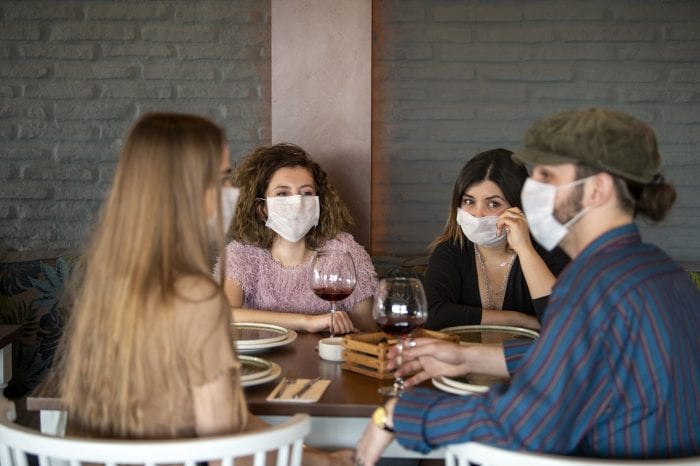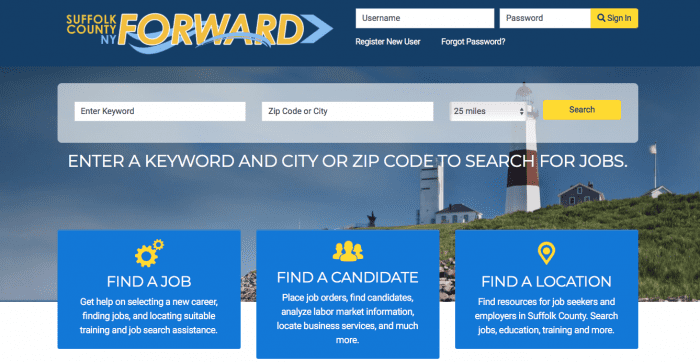By David Dunaief, M.D.

By now, we have all likely heard that soda – with 39 grams of sugar per 12-ounce can – is associated with an increased risk of diabetes. Bur did you know that wine has a very low amount of sugar: about 1.2 grams of sugar in a five-ounce serving? Even more surprising, it may have benefits in reducing complications associated with diabetes.
Why is this important? The current rate of diabetes among the U.S. adult population is 12.2 percent, while another 84 million U.S. adults have prediabetes (HbA1C of 5.7-6.4 percent) (1).
For those with diabetes, cardiovascular risk and severity may not be equal between the sexes. In two trials, women with type 2 diabetes had greater cardiovascular risk than men. In one retrospective study, women with diabetes were hospitalized due to heart attacks at a more significant rate than men, though both had substantial increases in risk, 162 percent and 96 percent, respectively (2).
What may reduce risks of disease and/or complications? Fortunately, we are not without options. These include timing of blood pressure medications, lifestyle modifications (diet and exercise) and, yes, wine.
Diet vs. metformin for prevention
All too often in the medical community, we are guilty of reaching for drugs and either overlooking lifestyle modifications or expecting that patients will fail with them. This is not only disappointing, but it is a disservice; lifestyle changes may be more effective in preventing this disease. In a head-to-head comparison study (Diabetes Prevention Program), diet plus exercise bests metformin for diabetes prevention (3). This study was performed over 15 years of duration in 2,776 participants who were at high risk for diabetes because they were overweight or obese and had elevated sugars.
There were three groups in the study: those receiving a low-fat, low-calorie diet with 15 minutes of moderate cardiovascular exercise; those taking metformin 875 mg twice a day; and a placebo group. Diet and exercise reduced the risk of diabetes by 27 percent, while metformin reduced it by 18 percent over the placebo, both reaching statistical significance. Note that, while these are impressive results that speak to the use of lifestyle modification and to metformin, this is not an optimal diabetes diet.
I’ll drink to that!
Alcohol in general has mixed results. Wine is no exception. However, the CASCADE trial, a randomized controlled trial, considered the gold standard of studies, shows wine may have heart benefits in well-controlled patients with type 2 diabetes by altering the lipid (cholesterol) profile (4).
Patients were randomized into three groups, each receiving a drink with dinner nightly; one group received five ounces of red wine, another five ounces of white wine, and the control group drank five ounces of water. Those who drank the red wine saw a significant increase in their “good cholesterol” HDL levels, an increase in apolipoprotein A1 (the primary component in HDL) and a decrease in the ratio of total cholesterol-to-HDL levels compared to the water-drinking control arm. In other words, there were significant beneficial cardiometabolic changes.
White wine also had beneficial cardiometabolic effects, but not as great as red wine. However, white wine did improve glycemic (sugar) control significantly compared to water, whereas red wine did not. Also, slow metabolizers of alcohol in a combined red and white wine group analysis had better glycemic control than those who drank water. This study had a two-year duration and involved 224 patients. All participants were instructed to follow a Mediterranean-type diet.
Does this mean diabetes patients should start drinking wine? Not necessarily, because this is a small, though well-designed, study. Wine does have calories, and these were also well-controlled type 2 diabetes patients who generally were nondrinkers.
Blood pressure medications’ surprising results
Interestingly, taking blood pressure medications at night has an odd benefit, lowering the risk of diabetes (5). In a study, there was a 57 percent reduction in the risk of developing diabetes in those who took blood pressure medications at night rather than in the morning.
It seems that controlling sleep-time blood pressure is more predictive of risk for diabetes than morning or 48-hour ambulatory blood pressure monitoring. This study had a long duration of almost six years with about 2,000 participants.
The blood pressure medications used in the trial were ACE inhibitors, angiotensin receptor blockers (ARBs) and beta blockers. The first two medications have their effect on the renin-angiotensin-aldosterone system (RAAS) of the kidneys. According to the researchers, the drugs that blocked RAAS in the kidneys had the most powerful effect on preventing diabetes. Furthermore, when sleep systolic (top number) blood pressure was elevated one standard deviation above the mean, there was a 30 percent increased risk of type 2 diabetes. Interestingly, the RAAS-blocking drugs are the same drugs that protect kidney function when patients have diabetes.
We need to reverse the trend toward higher diabetes prevalence. Diet and exercise are the first line for prevention. Even a good, but nonideal, diet had better results, in comparison to medication. A modest amount of wine, especially red, may have effects that reduce cardiovascular risk. Blood pressure medications taken at night, especially those that block RAAS in the kidneys, may help significantly to prevent diabetes.
References:
(1) cdc.gov. (4) Journal of Diabetes and Its Complications 2015;29(5):713-717. (3) Lancet Diabetes Endocrinol. Online Sept. 11, 2015. (4) Ann Intern Med. 2015;163(8):569-579. (5) Diabetologia. Online Sept. 23, 2015.
Dr. David Dunaief is a speaker, author and local lifestyle medicine physician focusing on the integration of medicine, nutrition, fitness and stress management. For further information, visit www.medicalcompassmd.com.



